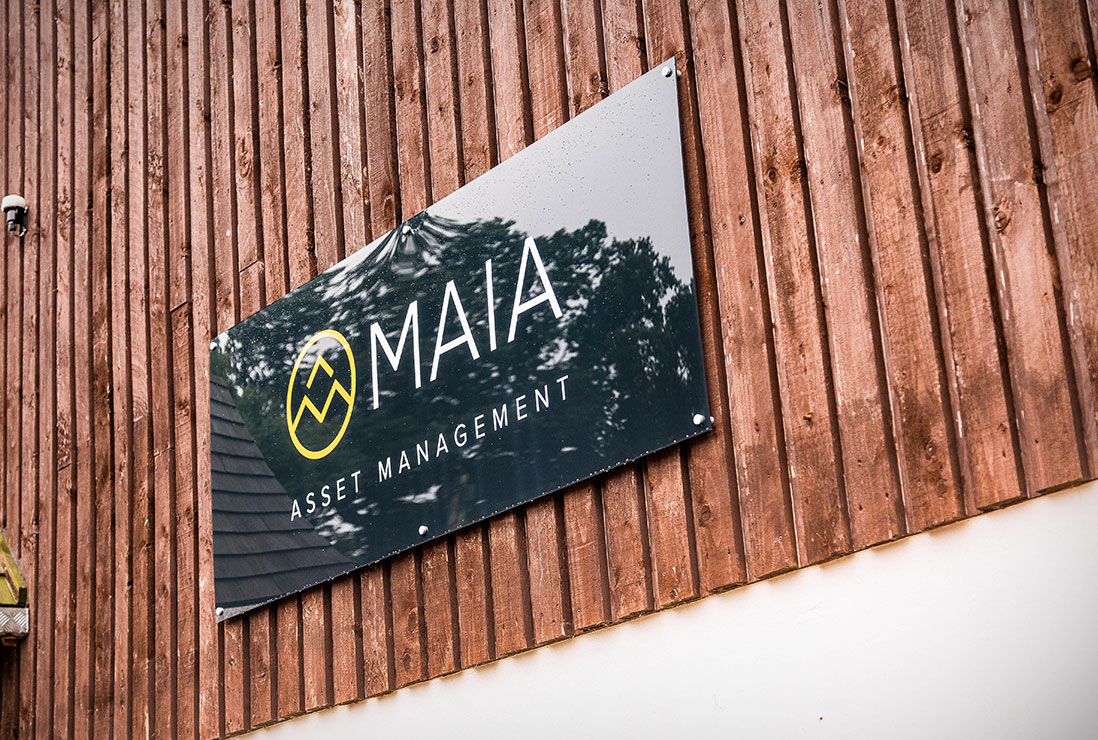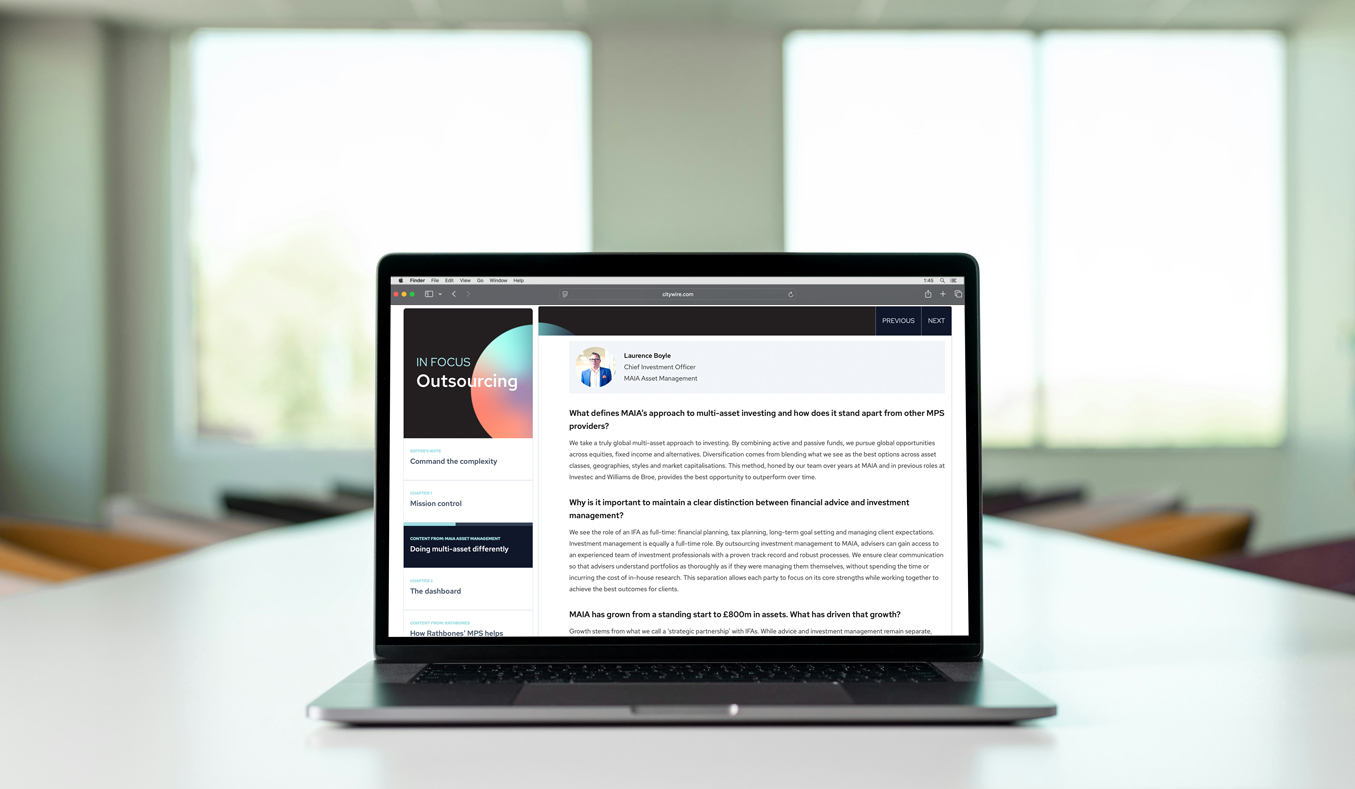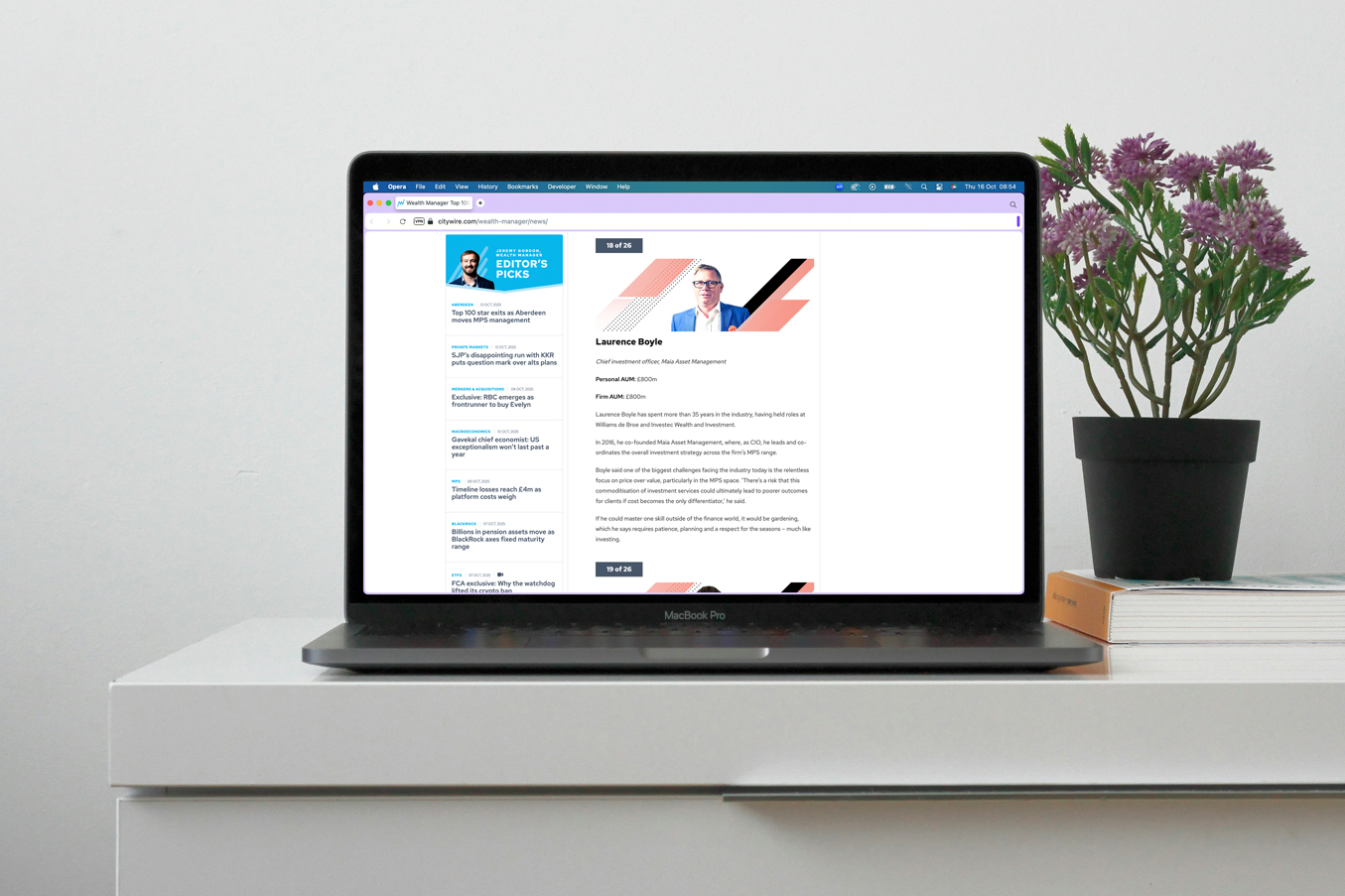The summer months provided little direction for investors, with political risks remaining firmly in the spotlight. Yet despite the headlines, financial markets have continued to be resilient. Equity and bond markets advanced modestly, albeit with periods of volatility, and a renewed attention on alternatives underscored their role in diversification.

Political Risks and Market Resilience
Geopolitical developments once again demanded attention during the quarter. Until recently, the conflict in the Middle East showed no signs of resolution, however since the quarter end, there has been a notable shift, with Hamas releasing the final 20 living Israeli hostages under a US-brokered ceasefire agreement. This development, accompanied by Israel’s reciprocal release of several thousand Palestinian prisoners marked the most significant breakthrough in the two-year conflict. While the ceasefire offers a moment of cautious optimism, it does not yet signal a lasting peace. Questions remain around the governance of Gaza, regional stability, and the role of external powers in maintaining security. From a market perspective, the hostage release could modestly reduce the geopolitical risk premium that has been priced into certain assets, particularly energy.
However, as history shows, progress in the region can quickly reverse. Investors will continue to monitor the situation closely, balancing hopes of de-escalation against the reality of deep-rooted political divisions.
Meanwhile, the war in Ukraine persisted, with reports of Russian aircraft entering NATO airspace raising concerns about a potential escalation. Despite this, the war’s impact on global markets has gradually diminished, as investors increasingly focus on the mediumterm reconstruction of Ukraine and Europe’s energy independence.
Across the Atlantic, US trade and tariff policy was a recurrent theme. The US has maintained a firm stance on this, keeping many tariffs in place but also removing some and altering others. Encouragingly, businesses and consumers appear to have adapted relatively well to the resulting higher costs. For now, the drag on economic activity has been contained, though the longer-term effects of shifting global supply chains and industrial policy will take time to materialise.
In Europe, political risks also increased, with populist movements reshaping the traditional political landscape. For markets, the key takeaway is that political risks can emerge quickly but often fade just as fast. While they generate volatility in the short term, they have historically had only a limited impact on long-term asset returns.
Interest Rates and Inflation
Away from geopolitics, central banks once again dominated the narrative. After a period of stability earlier in the year, both the US Federal Reserve and the Bank of England resumed interest rate cuts. These moves signalled growing confidence that inflation is on a downward trajectory and that monetary policy can begin to ease.
The European Central Bank, which has continued to cut rates in this cycle, appears to be nearing the end of its easing path. Policymakers have to balance the risks of cutting too quickly against the need to support still-fragile growth in the eurozone.
While inflation has fallen meaningfully from its peak, it has proved stickier than many had anticipated. Services inflation in particular remains elevated, creating uncertainty about just how far and how fast central banks will be able to reduce borrowing costs. This suggests that terminal rates (the level at which central banks are expected to stop cutting or raising interest rates in the current cycle) may ultimately be higher than previously forecast, and that the pace of easing will be slower than markets initially hoped. Encouragingly, investors have largely priced this in, reducing the risk of major dislocations as the interest rate cycle evolves.
The Shifting Investment Landscape
Equities benefited from steady earnings growth and optimism around productivity gains from artificial intelligence, while bond markets digested the changing interest rate outlook. For diversified portfolios, this has been a constructive environment, though not without short-term swings.
One area receiving increasing attention, and where we see significant long-term opportunity, is alternative investments. Often overlooked in favour of more traditional asset classes, alternatives play an important role in risk mitigation and portfolio diversification. With lower sensitivity to equity market moves and distinct sources of return, they provide resilience during periods of market stress.
Alternatives in Focus
Alternatives have long been an integral part of our portfolios, and while they may not always attract the same attention as equities or bonds, they have continued to deliver strong and consistent returns in our portfolios. Our allocations across gold, infrastructure and defined return funds each play a distinct role in managing risk and enhancing long-term performance.
Gold and Gold Miners
Gold has been a standout performer this year. For our lower-risk portfolios, direct exposure to gold has provided a powerful hedge against both inflation and geopolitical uncertainty.
In higher-risk portfolios, gold miners have also contributed meaningfully, benefiting from rising bullion prices and improved operating efficiency. We believe this strength can continue, supported by central bank buying, persistent geopolitical risks, and the ongoing appeal of gold as a store of value. In regard to gold miners, increasing profitability should continue to feed through positively to profitability and increasing share prices overtime.
Infrastructure
Infrastructure investments have also played a valuable role in our portfolios. Many assets in this space provide inflation-linked income, offering a natural hedge against price pressures. In addition, infrastructure tends to have a lower beta to equities, meaning it is less sensitive to broad market swings. A further driver has been the increasing investment in digital and energy infrastructure, particularly in areas linked to artificial intelligence and the energy transition. These themes are likely to remain central to global growth, underpinning the asset class for years to come.
Defined Return Funds
Defined return strategies continue to perform well, delivering positive returns while also providing built-in downside protection. The ability of these funds to generate positive outcomes even in moderately adverse market conditions makes them a valuable component of our portfolios. Current barriers for positive returns remain favourable, offering investors both resilience and opportunity.
Why Alternatives, and Why Now?
There are three reasons why we believe alternatives are particularly important at this stage of the cycle.
1. Risk mitigation:
Political risks, trade tensions and sticky inflation create an environment where diversification is critical. Alternatives can help cushion portfolios against sudden shocks in equity or bond markets.
2. Diversified sources of return:
With equities and bonds both heavily influenced by the same macroeconomic forces, alternatives provide return streams that are less correlated and therefore more robust.
3. Future resilience:
As the global economy adjusts to new patterns of trade, investment, and technology, alternatives such as infrastructure and gold stand to benefit directly. They not only reflect today’s realities but are also positioned for tomorrow’s challenges.
Conclusion
This quarter reinforced a familiar message: political risks make headlines, but markets are ultimately driven by fundamentals.
Inflation remains sticky, central banks are cutting rates cautiously, and both equities and bonds are adapting. Against this backdrop, we continue to see the case for alternatives strengthening.
By combining traditional assets with carefully selected allocations to gold, infrastructure and defined return funds, our portfolios are well positioned to balance opportunity with protection. As always, our focus remains on delivering resilient outcomes for our investors, regardless of the shifting global landscape.
This website is aimed at Independent Financial Advisers, please tick the box to confirm that you are an IFA before entering the website.








